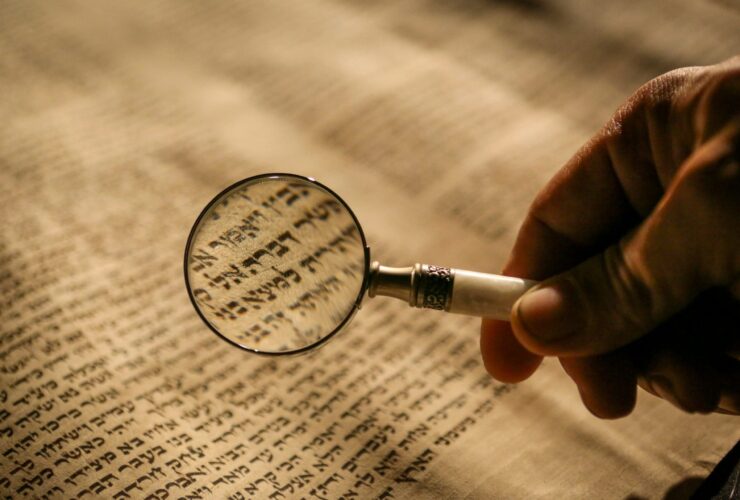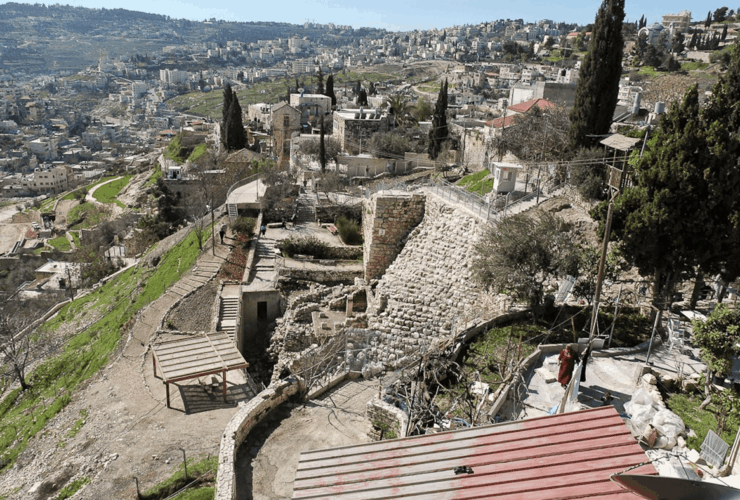Daniel 5 is undoubtably one of the most memorable chapters not only of the Old Testament but in the entire Bible as it tells the story of the last of the Babylonian kings, Belshazzar who held a very large feast and irreverently used the gold and silver vessels acquired from God’s temple in Jerusalem as wine vessels for he and his guests all the while praising “the gods of gold and silver, bronze, iron, wood, and stone.” But God would not be mocked because as the Bible says, “Immediately the fingers of a human hand appeared and wrote on the plaster of the wall of the king’s palace.” Of course, this utterly terrified Belshazzar and he called all the wise men of Babylon promising great rewards to “Whoever reads this writing, and shows me its interpretation…” But none of these so-called ‘wise men’ could even read let alone interpret the writing. Only God’s prophet Daniel could. And according to Daniel “this is the writing that was inscribed: Mene, Mene, Tekel, and Parsin. This is the interpretation of the matter: Mene, God has numbered the days of your kingdom and brought it to an end; Tekel, you have been weighed in the balances and found wanting; Peres, your kingdom is divided and given to the Medes and Persians.” And so it was: “That very night Belshazzar the…king was killed. And Darius the Mede received the kingdom…”
“King Belshazzar made a great feast for a thousand of his lords and drank wine in front of the thousand.”
Daniel 5:1
Although this story is clearly written in historical narrative, without extra biblical corroboration, unbelievers doing what they do best automatically dismiss it as fictional—especially when the person(s) involved are not known to secular history. Of course, several Biblical figures once thought to be fictional have turned up in secular records (King David is a good example). And this is precisely what happened with Belshazzar because in 1854 a Babylonian text was discovered containing his name. As professional archaeologist Dr. Titus Kennedy explains, “In about 550 BC, Nabonidus, king of Babylon, had placed four identical cylinders as foundation deposits at a temple in Ur of Southern Mesopotamia. Recovered in excavations at the temple of the moon god Sin in Ur, this Cylinder of Nabonidus, king of Babylon, contains a 62-line cuneiform inscription in two columns. Part of the text recorded an appeal to the moon god Sin and stated that ‘for me, Nabonidus, king of Babylon, save me from sinning against your great god-head and grant me as a present a lifelong of days, and as for Belshazzar my firstborn son, my own child, let the fear of your great divinity be in his heart, and may he commit no sin; may he enjoy happiness in life.’ While the Nabonidus Cylinder from Ur primarily focuses on repairs made to a ziggurat for the moon god, the document also specifies that the eldest son of the Babylonian king Nabonidus was named Belshazzar.”[1]
So, this discovery shows that Belshazzar was not only a real person but was exactly who the Bible says he was. Hence archaeology continues to affirm that the writing indeed was on the wall!

Ryan Hembree is a daily co-host, speaker, and writer of Bible Discovery. He also hosts a YouTube channel that shows the unity of the Bible and how science and Scripture fit together. Ryan also has an honorary Masters of Ministry in Creation Science from Phoenix University of Theology.
[1] Dr. Titus Kennedy, Unearthing the Bible: 101 Archaeological Discoveries that Bring the Bible to Life, P.160-61.






